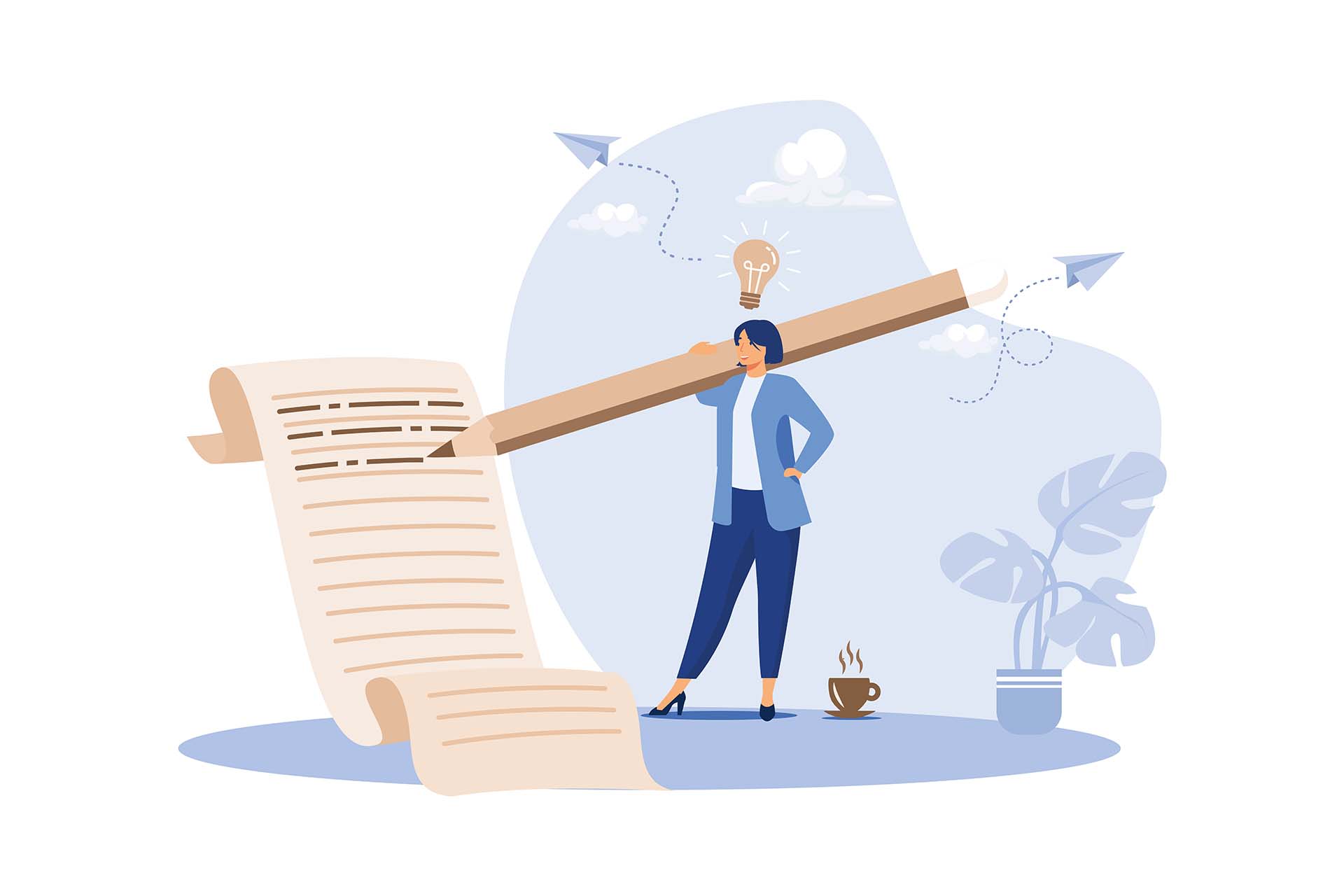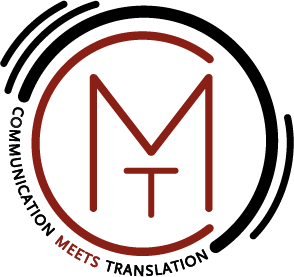Consecutive interpreting
Consecutive interpreting is a technique where translation takes place as soon as the speaker has finished talking. While the speaker talks, the interpreter makes notes on what has been said, before subsequently relaying the concept in the target language, precisely and true to the original meaning. The speaker and the interpreter take it in turns to talk in longer or shorter intervals.
The key points of consecutive interpreting
Consecutive interpreting is based on note taking, interpreters make notes on the speaker’s words, with the aim of faithfully conveying them in another language. Pens, note pads and above all an excellent ability to memorise are the professional’s trademark during a consecutive interpreting session.
In this case, interpreters do not use technological aids such as simultaneous translation booths.
The rotation between speech and translation is usually agreed in advance by the speaker and the interpreter and is structured at regular intervals, typically between 5 and 15 minutes. The interpreter, sat next to the speaker, translates once the speaker has entirely or partially finished talking.
There are essentially two phases that distinguish consecutive interpreting from other types of interpreting:
- Active listening and note taking, for overall comprehension
- Reproduction of the speech in the target language, following the notes taken previously
Professional consecutive interpreting
Providing the interpreter with prior information and subject matter material can facilitate the translation, as it allows for adequate preparation and necessary research, for example, into technical terms used in the sector or information about people attending the event. A crucial role is played by interpreters and their ability to listen. This ability deviates somewhat from the typical aim of listening: while people normally listen in order to reply or talk, interpreters are focused on memorising what has been said by the speaker and on subsequently reproducing the message in a foreign language. But this is not the only difference between professional consecutive interpreting and amateur interpreting. The linguistic knowledge and expertise of the interpreter accounts for a great deal, allowing the professional to understand every portion of the speech and correctly relay its overall meaning in addition to specific nuances, even the most imperceptible ones.
When and where consecutive interpreting is useful
Consecutive interpreting lends itself well to situations requiring translation into just one foreign language. Flexibility is one of its strong points, as is limiting costs, since there is no need for any supporting technologies. The least advantageous aspect concerns timing: with consecutive translation, a normal speech can last up to twice as long, an aspect to consider when organising an event. The best settings for consecutive interpreting include: court proceedings, interviews with journalists, press conferences, bilateral meetings, diplomatic discussions, presentations of books, products or people, debates, work meetings, medical and hospital seminars, highly technical meetings, round tables, project presentations and work groups.
Consecutive interpreting: the bidule option
Consecutive interpreting can always be supplemented by a bidule system, which can significantly improve communication. In this case, the listeners are given specific headphones with receivers through which the translation is broadcast, with extremely clean audio and less environmental interference compared to the traditional spoken word.


